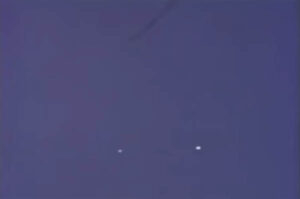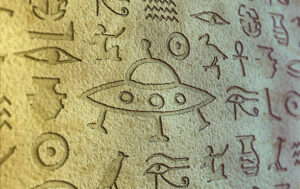As human beings, we have always been fascinated by the possibility of life beyond Earth. While we have yet to find conclusive evidence of extraterrestrial life, scientists believe that some planets in our own solar system and beyond may be good candidates for harboring life. In this article, we will explore the planets most likely to contain life, based on current scientific knowledge.
Mars

Mars is the most Earth-like planet in our solar system, with a similar day length, axial tilt, and seasonal cycle. It also has a thin atmosphere that contains small amounts of methane, which could be a sign of biological activity. In addition, there is evidence of liquid water on Mars, which is a key ingredient for life as we know it. Several missions to Mars have already been conducted by NASA and other space agencies, and future missions are planned to search for signs of past or present life.
Europa
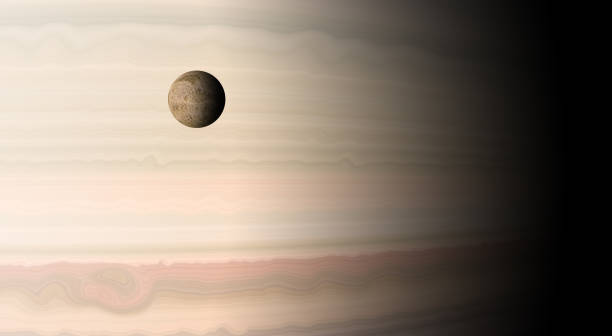
Europa is one of Jupiter‘s moons and is believed to have a subsurface ocean of liquid water, which is kept liquid by the moon’s internal heat. This ocean is thought to be twice as large as all the oceans on Earth combined, and it is believed that the ocean could harbor life. In addition, there are plumes of water vapor that have been observed erupting from Europa’s surface, which could provide a way for scientists to study the ocean without having to drill through the ice shell.
Enceladus

Enceladus is another moon that is believed to have a subsurface ocean of liquid water. Like Europa, it is kept liquid by the moon’s internal heat, and there are plumes of water vapor that have been observed erupting from its south pole. In addition, there is evidence of organic molecules in the plumes, which could be a sign of life. NASA’s Cassini spacecraft detected these plumes during its mission to Saturn, and future missions are planned to study them in more detail.
Kepler-62f
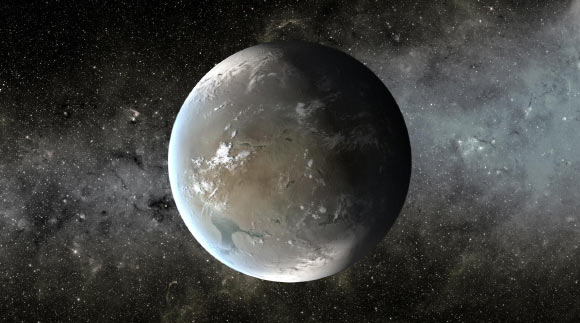
Kepler-62f is an exoplanet that was discovered by NASA’s Kepler spacecraft in 2013. It is located in the habitable zone of its star, which is the range of distances where liquid water could exist on a planet’s surface. Kepler-62f is believed to be a rocky planet, and it is thought to have a thick atmosphere that could help regulate its temperature. While we don’t yet have the technology to study exoplanets in detail, Kepler-62f is considered one of the most promising candidates for finding extraterrestrial life.
Proxima Centauri b
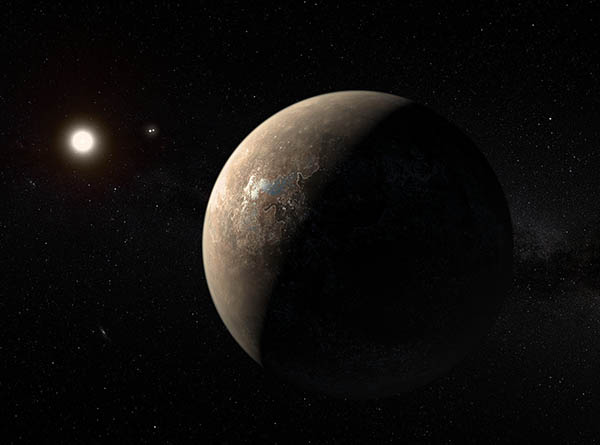
Proxima Centauri b is an exoplanet that orbits the closest star to our own, Proxima Centauri. It is located in the habitable zone of its star and is believed to be a rocky planet. Proxima Centauri is a red dwarf star, which means that Proxima Centauri b is likely to be tidally locked, with one side always facing the star and the other always facing away. Despite this, scientists believe that the planet could have an atmosphere that could help distribute heat and regulate its temperature.
While we still have much to learn about the planets most likely to contain life, Mars, Europa, Enceladus, Kepler-62f, and Proxima Centauri b are all promising candidates. With continued research and exploration, we may one day be able to answer one of the most fundamental questions of our existence: are we alone in the universe?




